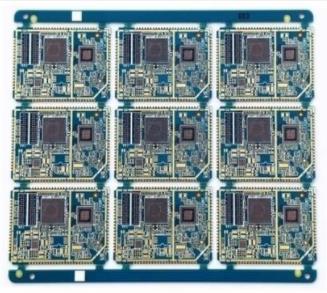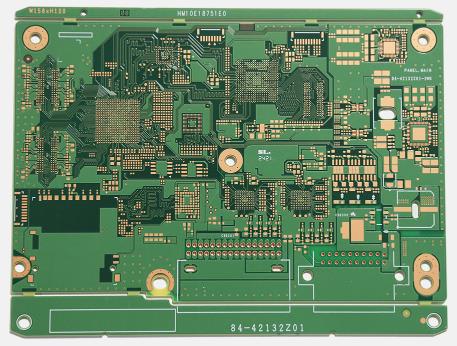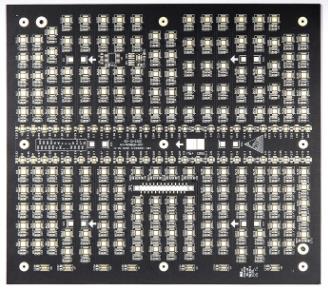
What problems do you usually encounter with circuit board nickel plating solution
Circuit board manufacturers, circuit board designers and PCBA manufacturers will explain to you what problems they usually encounter when using circuit board nickel plating solution?
On the circuit board, nickel is used as the substrate coating of precious metal and base metal. The deposited layer of low stress nickel for circuit board is usually prepared by using modified Watt nickel plating solution and some sulfamic nickel plating solutions with stress reducing additives. What problems do you usually encounter when using circuit board nickel plating solution?
1、 Temperature - different nickel processes use different bath temperatures. In the high temperature nickel plating bath, the nickel coating obtained has low internal stress and good ductility. Generally, the operating temperature is maintained at 55~60 ℃. If the temperature is too high, nickel salt hydrolysis will occur, resulting in pinholes in the coating and reducing cathodic polarization.

2、 PH value -- The PH value of nickel plating electrolyte has a great influence on the coating performance and electrolyte performance. Generally, the PH value of nickel plating electrolyte for circuit board is maintained between 3 and 4. The nickel plating solution with higher PH value has higher dispersion force and higher cathode current efficiency. However, the PH is too high. As the cathode continuously releases hydrogen during electroplating, when it is greater than 6, the coating will have pinholes. The nickel plating solution with lower PH has better anodic dissolution, which can increase the nickel salt content in the electrolyte. However, if PH is too low, the temperature range of bright coating will be narrowed. When nickel carbonate or basic nickel carbonate is added, the PH value increases; Add aminosulfonic acid or sulfuric acid to reduce the PH value, and check and adjust the PH value every four hours during operation.
3、 Anode - soluble anode is adopted for conventional nickel plating of circuit boards that can be seen at present, and it is quite common to use titanium basket as the anode inner nickel angle. The titanium basket shall be put into the anode bag woven of polypropylene material to prevent the anode mud from falling into the plating solution, and the holes shall be cleaned regularly and checked for smoothness.
4、 Purification - When there is organic pollution in the bath, it should be treated with activated carbon. However, this method usually removes part of the stress remover (additive), which must be supplemented.
5、 Analysis - The bath should use the key points of the process procedure specified by the process control to regularly analyze the bath composition and Hull cell test, and guide the production department to adjust the bath parameters according to the obtained parameters.
6、 Stirring - Like other electroplating processes, the purpose of stirring is to accelerate the mass transfer process, reduce the concentration change and increase the upper limit of allowable current density. Another very important role of stirring the plating solution is to reduce or prevent pinholes in the nickel plating layer. Compressed air, cathode movement and forced circulation (combined with carbon core and cotton core filtration) are commonly used for mixing.
7、 Cathode current density Cathode current density has an effect on cathode current efficiency, deposition rate and coating quality. In the low current density region, the cathodic current efficiency increases with the increase of current density when nickel is plated with electrolyte with lower PH; In the area of high current density, the cathodic current efficiency is independent of current density, while when nickel electroplating solution with high PH is used, the cathodic current efficiency has little relationship with current density. As with other plating types, the cathode current density range selected for nickel plating shall also depend on the composition, temperature and stirring conditions of the plating solution. Circuit board manufacturers, circuit board designers and PCBA manufacturers will explain to you what problems they usually encounter when using circuit board nickel plating solution?







